Augmented Reality (AR)
Augmented Reality (AR)
AR Introduction
Virtual reality (VR) and augmented reality (AR) serve distinct purposes and provide different user experiences. VR offers a complete immersion into a computer-generated, 3D environment, blocking out the real world entirely.
On the other hand, augmented reality (AR) overlays digital content onto the real world, enhancing it with computer-generated elements. Unlike VR, AR integrates digital graphics and information into the user’s view of the real world. This allows users to interact with both virtual and physical components simultaneously.
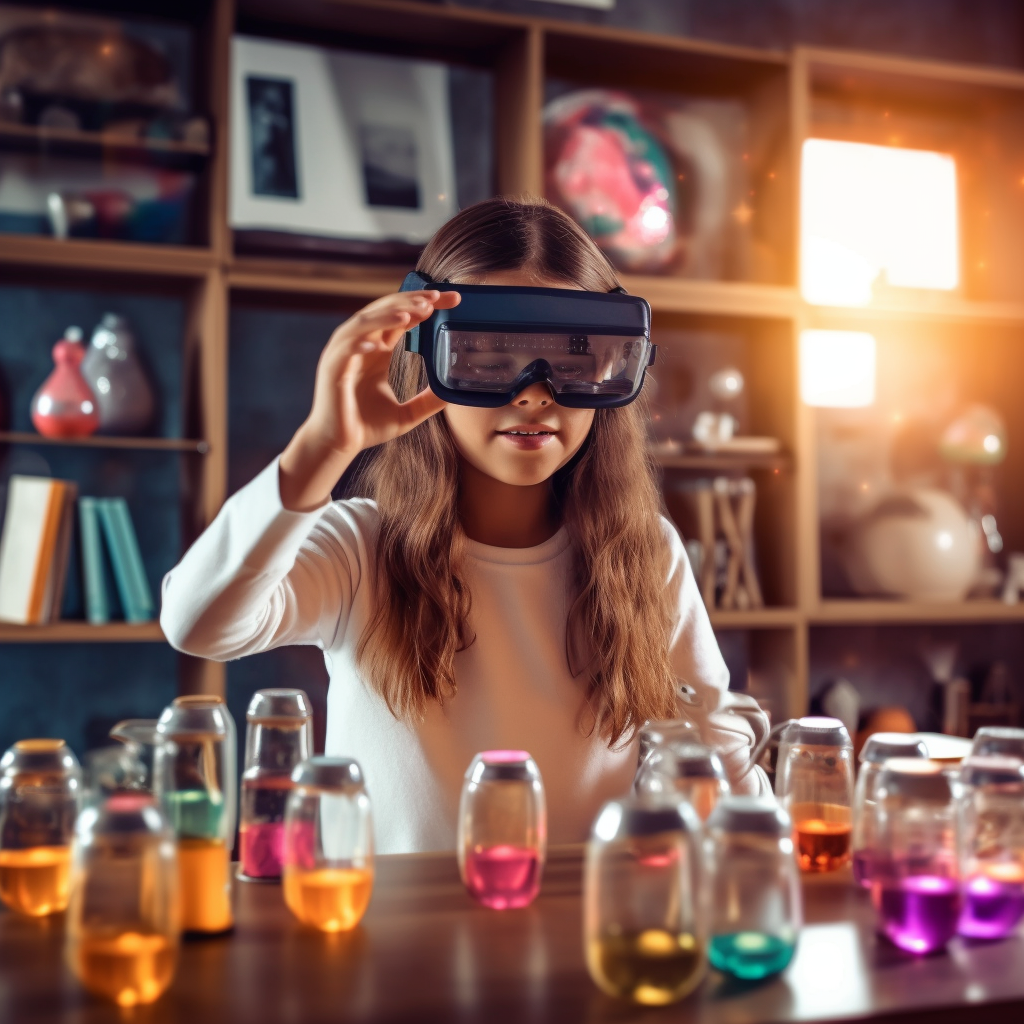
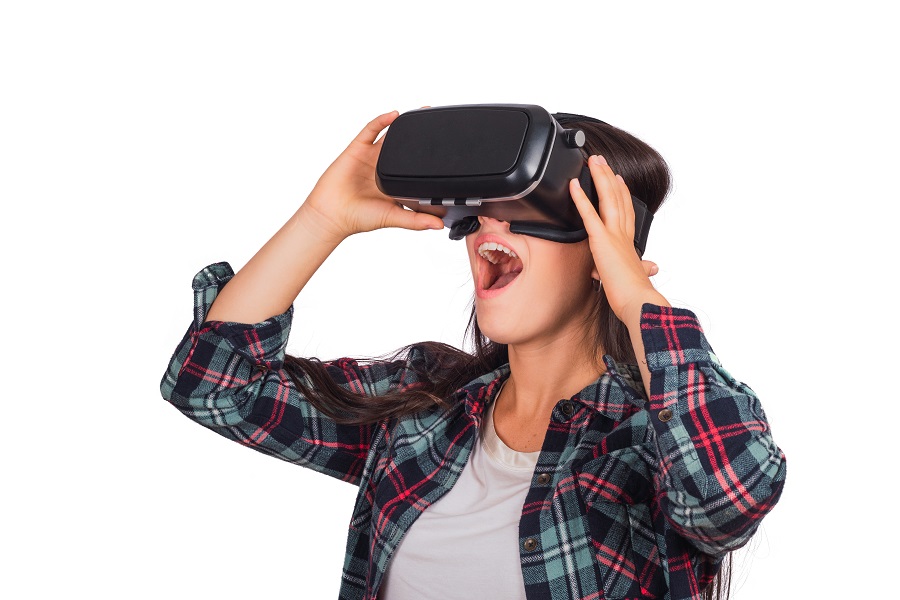
Augmented Reality Benefits
Enhanced Real-World Interaction AR enhances real-world experiences by adding layers of digital information, such as navigation cues, product details, or historical facts.
Practical Applications: AR is widely used in industries like architecture, manufacturing, and healthcare to provide real-time information and guidance.
Retail and Marketing: AR allows customers to visualize products in their real-world environment before purchasing, enhancing the shopping experience.
Educational Tools: AR supplements traditional learning by providing interactive visualizations, making complex concepts easier to understand.
Social Interaction: AR can facilitate shared experiences where users interact with each other and digital elements simultaneously, fostering new forms of social interaction.
AR Use Cases
- Architecture
- Automotive
- Education
- Enterprise
- Gaming
- Military
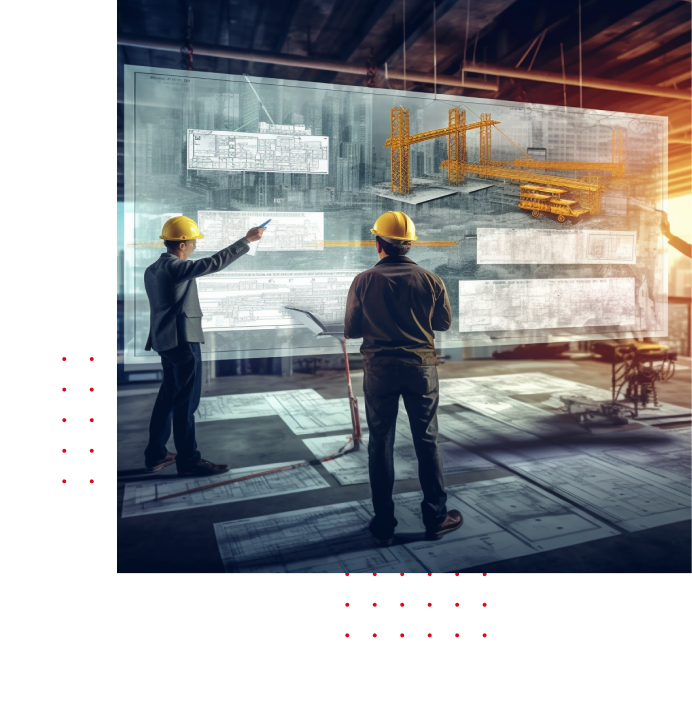

Architecture
Design Visualization
By leveraging Augmented Reality (AR), architects can overlay digital architectural models onto real-world settings, offering clients and stakeholders a palpable preview of how a prospective structure will blend into its designated surroundings. This approach fosters an enhanced grasp of spatial connections and the aesthetic implications inherent in the design.
Virtual Walkthroughs
Augmented Reality (AR) facilitates immersive virtual tours of yet-to-be-constructed edifices. Individuals have the opportunity to navigate through a digital emulation of the building, engaging with its attributes, materials, and layout well in advance of the construction commencement.
Interior Design Visualization:Augmented Reality
(AR) finds application in interior design as well, affording designers and clients the ability to envision the arrangement of furniture, selection of finishes, and incorporation of decorative elements within an authentic real-world environment.
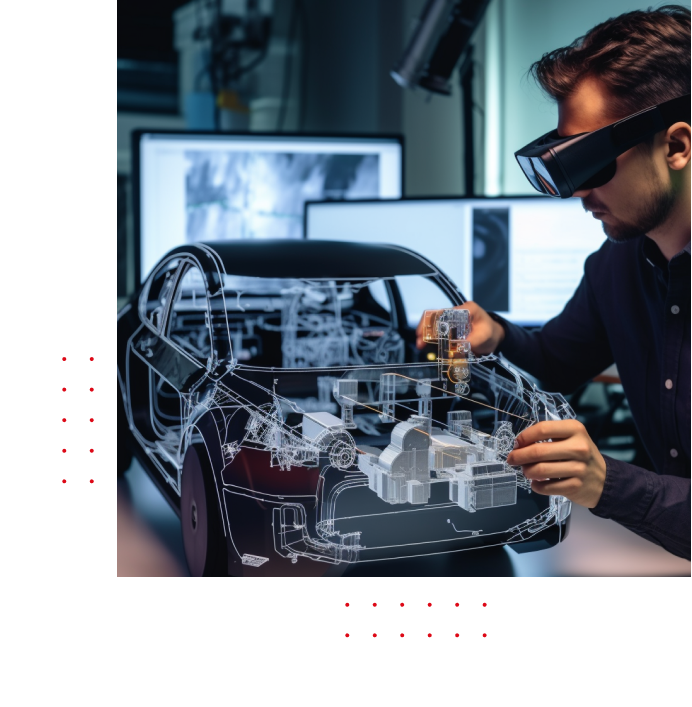

Automotive
Automotive Mechanics:
In an automotive repair setting, technicians can use AR-equipped devices like smart glasses to access real-time visual overlays. For instance, when diagnosing an engine issue, the AR system can display step-by-step instructions directly onto the technician’s field of view, showing them where to locate specific components, which tools to use, and the correct procedures for repairs. This streamlines the process, reduces errors, and ensures repairs are conducted accurately.

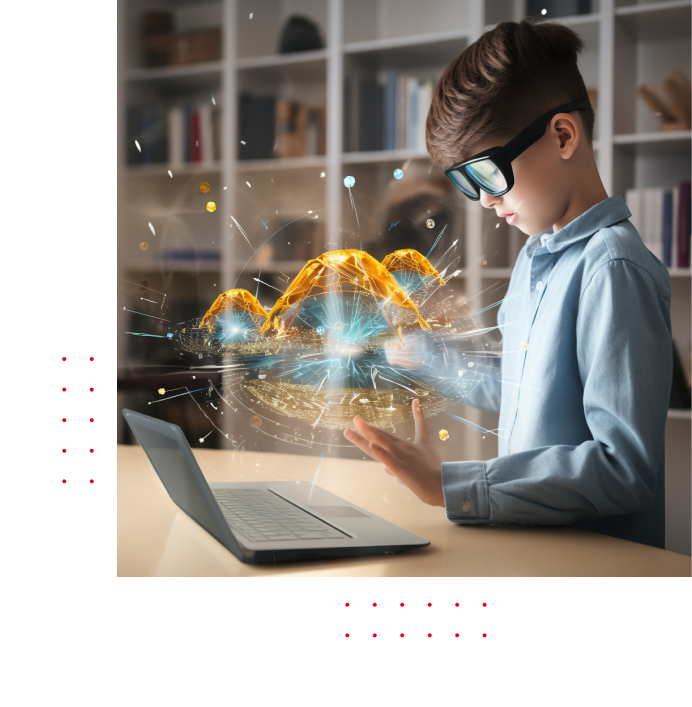

Education
Engaging Educational Modules
Augmented Reality (AR) serves as a tool to craft dynamic and immersive learning encounters. Consider subjects like biology, where students can employ AR-equipped devices to access 3D models showcasing cells, organs, and organisms. This interactive approach enables them to delve into intricate structures and grasp challenging concepts through tactile exploration. This vibrant visualization method significantly bolsters comprehension and the lasting grasp of intricate ideas.
Language Learning and Vocabulary Expansion
AR can enhance language learning by overlaying labels and translations onto real-world objects. Students learning a new language can use AR apps to point their devices at objects in their environment and receive instant translations or pronunciations. This method aids vocabulary acquisition and contextual language learning.
Science Experiments and Simulations
AR allows students to conduct virtual science experiments in a safe and controlled environment. For example, chemistry students can manipulate virtual elements and observe their reactions, enhancing their understanding of chemical processes without the risks associated with traditional hands-on experiments
Art and Design Education
In art classes, AR can help students visualize their creative projects. They can use AR apps to superimpose digital sketches onto real-world surfaces, previewing how their artwork would appear in different settings. This allows for experimentation and adjustment before committing to the final piece.
Anatomy and Medical Training
For medical and healthcare education, AR can provide detailed visualizations of anatomical structures. Medical students can examine interactive 3D models of the human body, helping them understand the spatial relationships of organs and systems.
Geography and Maps
AR can enhance geography lessons by providing interactive maps and geographical information. Students can explore geographical features by pointing their devices at maps or globes, revealing additional details and insights about different regions.



Enterprise
Design and Engineering Collaboration
Remote design and engineering teams often work on intricate projects that require collaborative brainstorming and decision-making. AR can allow team members to collectively view and manipulate 3D models of designs in a shared virtual space. This enables real-time discussions, annotations, and modifications, enhancing the collaborative design process. For instance, architects and engineers can collaboratively refine building plans or product prototypes by virtually interacting with the same model from different locations.
Virtual Meetings and Presentations
AR can revolutionize remote meetings and presentations by providing an interactive and immersive environment. Team members can gather in a virtual conference room where they can see each other’s avatars and share documents, presentations, and 3D models in real time. This approach makes online meetings more engaging, enables better visual explanations, and encourages active participation regardless of physical distance.
Training and Remote Assistance:
AR can be used for training and providing remote assistance to team members in various fields. An expert can overlay instructions, annotations, or visual cues on a trainee’s real-world environment, guiding them through complex tasks. This is particularly useful in industries such as manufacturing, maintenance, and healthcare. For example, a technician performing equipment maintenance can receive step-by-step guidance from a remote expert through AR annotations overlaid onto their workspace.In each of these scenarios, Augmented Reality bridges geographical gaps, enhances communication, and promotes effective collaboration among remote teams by creating shared virtual spaces where team members can interact with digital content in real time.
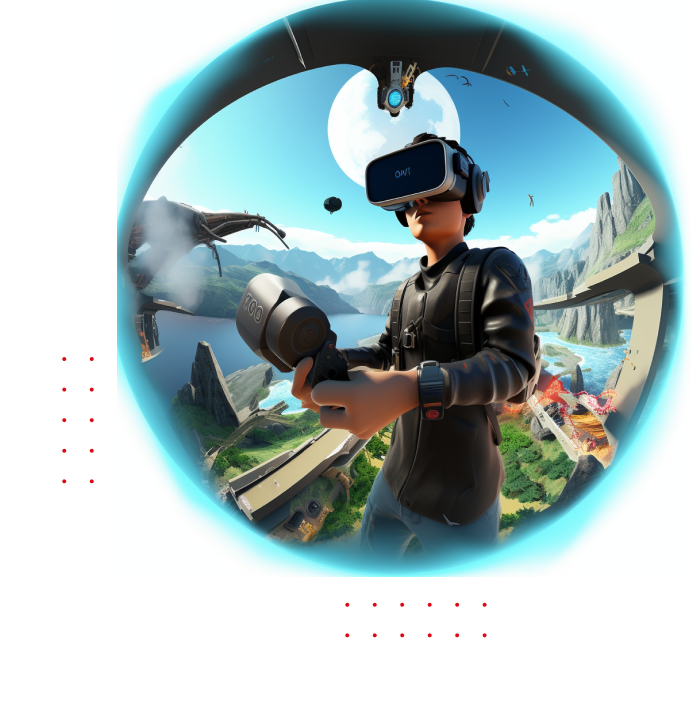

Gaming
Augmented Reality Gaming
AR-based games like Pokémon GO have gained widespread popularity. These games allow players to explore the real world while interacting with virtual elements. Players use their mobile devices to find and capture virtual creatures overlaid onto real-world locations. This type of gaming encourages physical activity, exploration, and social interaction, as players collaborate to complete challenges and capture virtual objects.
Interactive Storytelling
AR enhances storytelling by allowing users to become part of the narrative. Interactive books or apps use AR to animate characters, objects, and scenes when viewed through a device’s camera. Readers can watch characters come to life, manipulate virtual elements, and interact with the story’s world, making the storytelling experience immersive and participatory.
Social Experiences
AR-powered social experiences allow users to create and share content in novel ways. Snapchat filters and Instagram stickers are examples of how AR is integrated into social media platforms, enabling users to overlay fun and interactive effects onto their photos and videos.
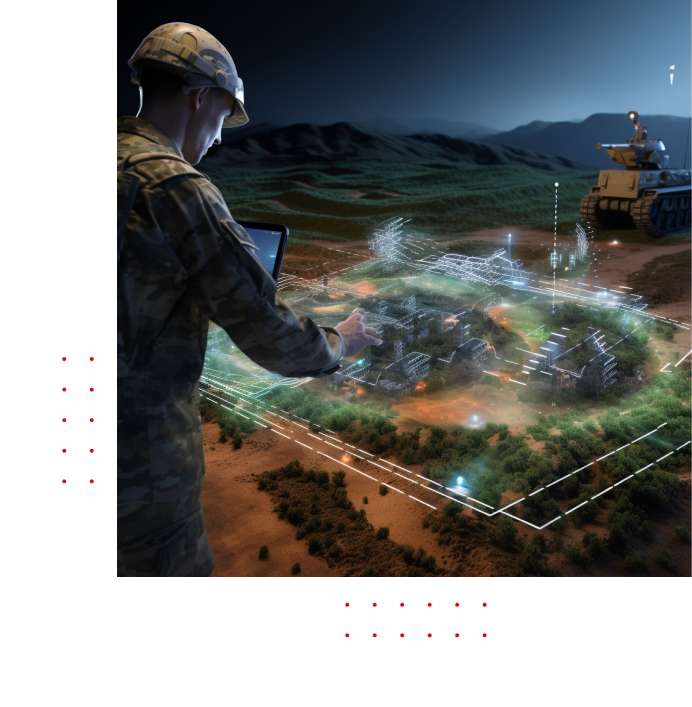

Military
Tactical Training and Planning
AR can provide soldiers with realistic tactical training scenarios. By overlaying digital information onto real environments, soldiers can practice maneuvers, coordinate actions, and simulate various combat situations. This type of training enhances decision-making skills and situational awareness in controlled settings before real-life deployments.
Battlefield Visualization and Situational Awareness
AR can enhance soldiers’ understanding of the battlefield. AR headsets can provide real-time data overlays, highlighting friendly and hostile positions, supply routes, and other critical information. This comprehensive view enhances situational awareness, helping troops make informed decisions in dynamic environments.
Flight Simulations
For aviation units, AR can contribute to pilot training by creating realistic flight simulations. AR headsets can overlay flight data, instrument panels, and environmental factors onto the pilot’s field of view, enhancing their training in navigation, communication, and emergency procedures.